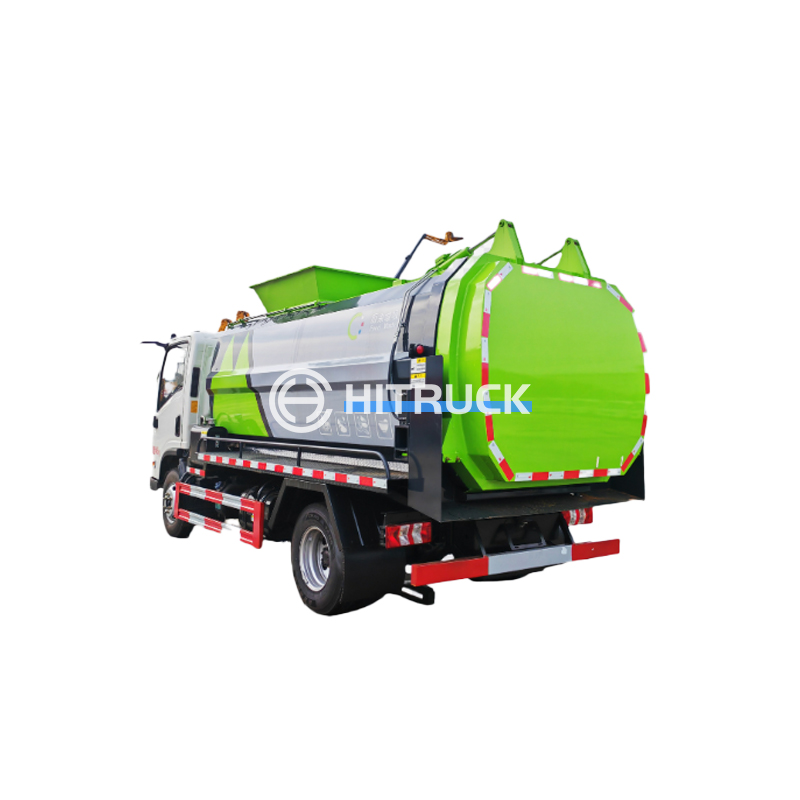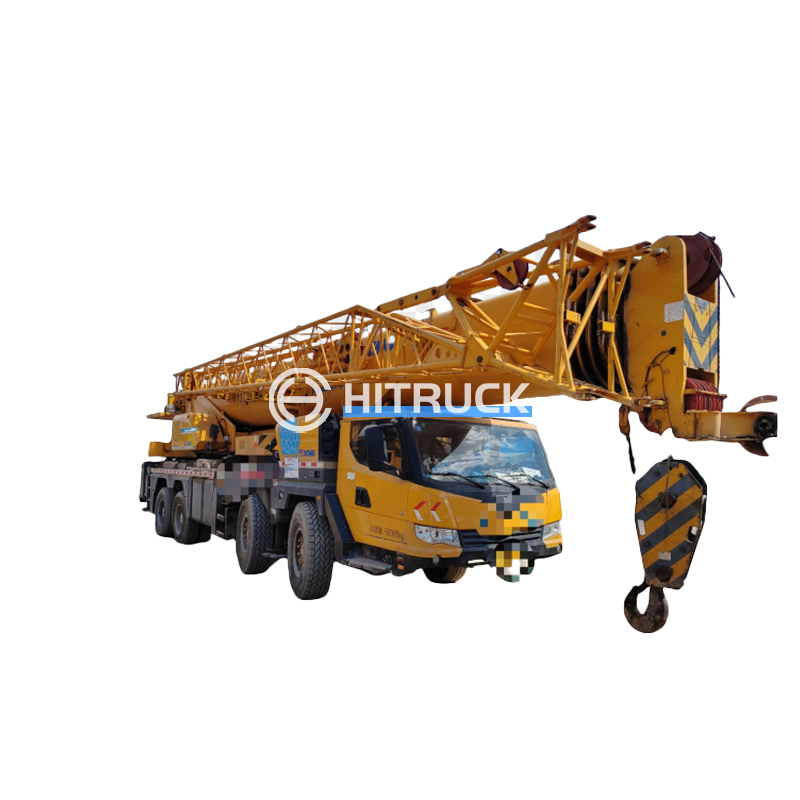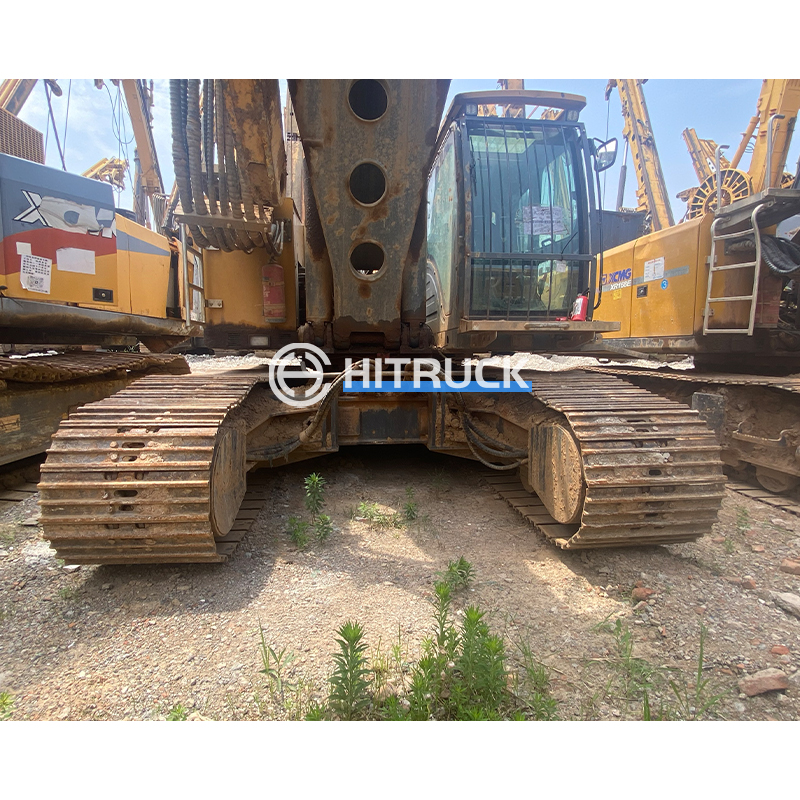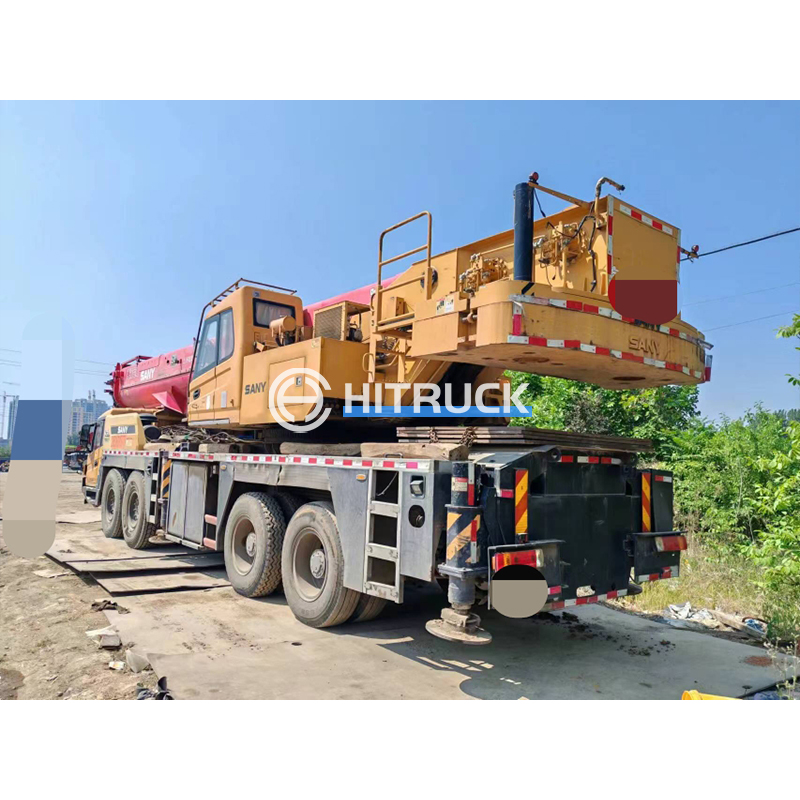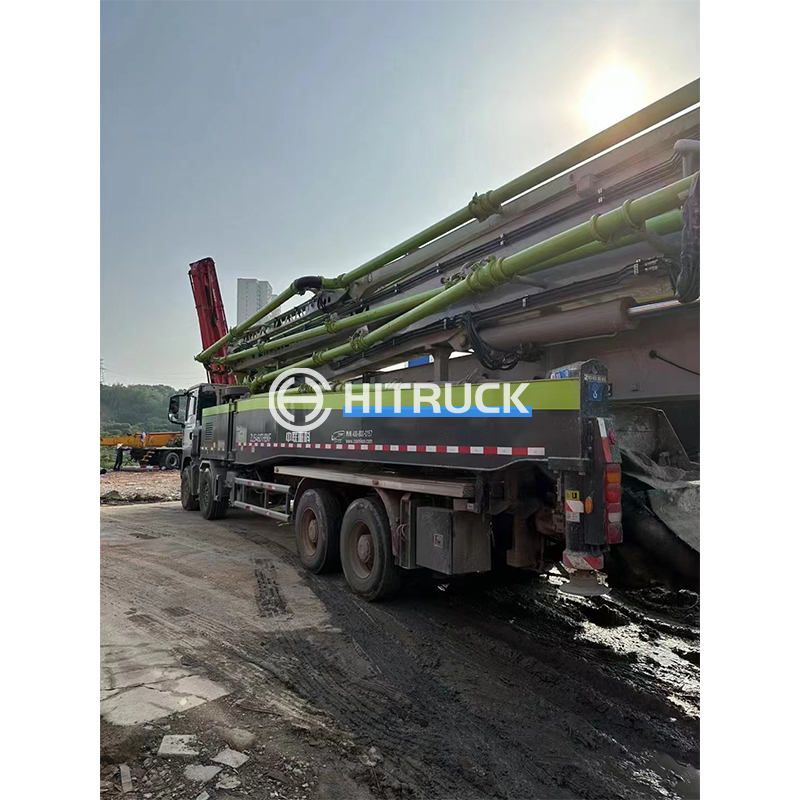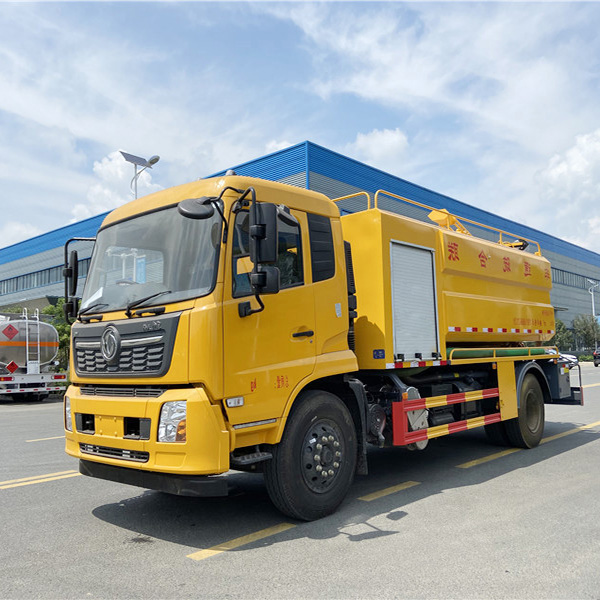Understanding and Choosing the Right Big Mixer Truck
This comprehensive guide explores the world of big mixer trucks, providing insights into their various types, functionalities, and considerations for choosing the right one for your specific needs. We’ll delve into key features, maintenance tips, and cost factors to help you make an informed decision. From understanding the different capacities to navigating the complexities of choosing a suitable model, this guide offers a practical and in-depth look at the world of concrete mixing on a large scale.

Types of Big Mixer Trucks
Drum Types and Capacities
Big mixer trucks come in a variety of sizes and configurations, primarily differentiated by their drum type and capacity. Common drum types include front-discharge, rear-discharge, and side-discharge. Capacity ranges from smaller models capable of handling several cubic yards to massive units capable of transporting many cubic yards of concrete. The choice depends on the scale of your projects. Larger construction sites often require big mixer trucks with capacities of 8-12 cubic yards or even more, while smaller jobs might necessitate smaller models. Always consider your project’s volume requirements when selecting a big mixer truck.
Drive Types: Front-Wheel, Rear-Wheel, or All-Wheel Drive
The drive type significantly impacts maneuverability and traction, particularly on challenging terrains. Front-wheel drive big mixer trucks offer good fuel efficiency, while rear-wheel drive provides more power for hauling heavy loads. All-wheel drive is ideal for uneven surfaces and inclement weather. Selecting the correct drive type is crucial for maximizing efficiency and safety. We’ll explore different manufacturer specifications in subsequent sections.
Factors to Consider When Choosing a Big Mixer Truck
Capacity and Payload
This is perhaps the most crucial factor. Accurately estimating your project’s concrete requirements will help you determine the ideal big mixer truck capacity. Overestimating may lead to unnecessary expense, while underestimating can lead to costly delays.
Maneuverability and Accessibility
Consider the site’s accessibility and maneuverability limitations. Narrow streets, tight corners, and challenging terrain may necessitate a smaller, more agile big mixer truck. Also, evaluate the placement of the mixing drum; front, rear, or side discharge impacts how easy it is to pour the concrete in different environments.
Maintenance and Operating Costs
Maintenance costs, including regular servicing, parts replacement, and potential repairs, should be factored into your budget. Operating costs, such as fuel consumption and driver wages, will also play a significant role in your overall expenses. Compare operating costs of various models before making a purchase.
Safety Features
Prioritize big mixer trucks equipped with advanced safety features, including anti-lock braking systems (ABS), electronic stability control (ESC), and backup cameras. These features enhance safety for both the driver and those working around the vehicle.
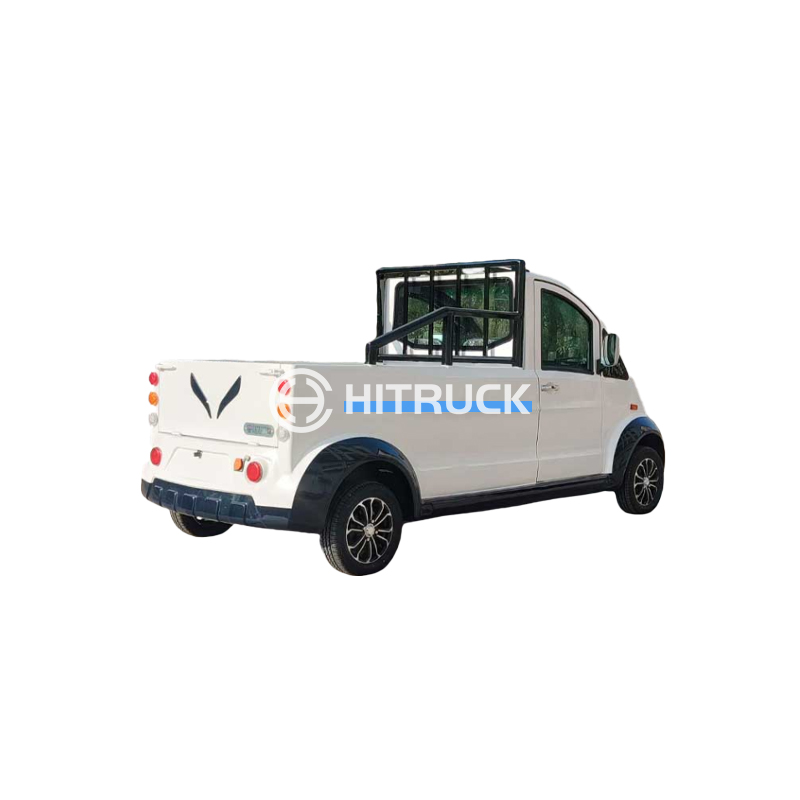
Choosing a Reliable Supplier
Working with a reputable supplier is paramount. Suizhou Haicang Automobile Sales Co., LTD (https://www.hitruckmall.com/) is a leading provider of high-quality big mixer trucks, offering a wide selection of models to suit various needs. They provide comprehensive support and service, ensuring customer satisfaction throughout the entire process. Choosing a trustworthy supplier gives you access to a wide array of models, maintenance options, and guarantees.
Maintenance Tips for Big Mixer Trucks
Regular maintenance is key to extending the lifespan of your big mixer truck and preventing costly breakdowns. This includes regular inspections, timely repairs, and adherence to manufacturer guidelines for maintenance schedules. Proper maintenance will ensure optimal performance and safety, reducing downtime and operational costs.
Conclusion
Selecting the appropriate big mixer truck requires careful consideration of several factors. By thoroughly evaluating your project needs, budget, and site conditions, you can make an informed decision that maximizes efficiency and minimizes costs. Remember to prioritize safety and work with a reputable supplier, like Suizhou Haicang Automobile Sales Co., LTD, for access to reliable equipment and support.




